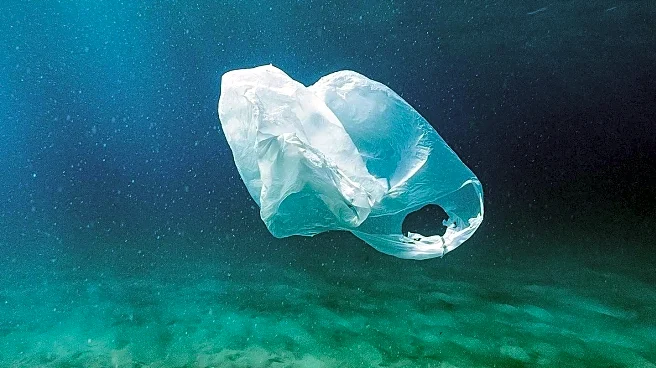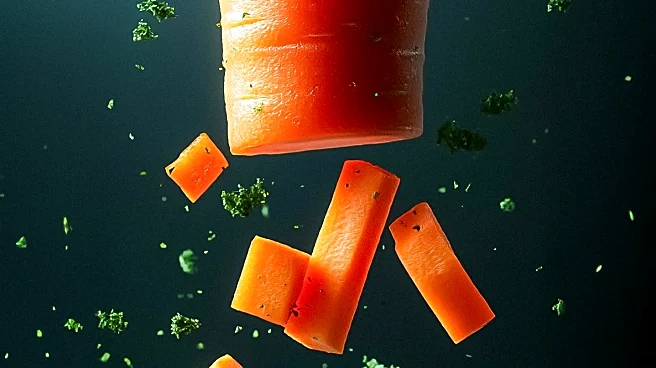What's Happening?
A new study from Brazil has highlighted the potential health risks of microplastics reaching deep into human bone tissue. These tiny plastic particles, smaller than a grain of rice, are found in everyday items like toothpaste, clothing, and food. The study suggests that microplastics can impair cell viability, accelerate cell aging, and promote inflammation, potentially leading to bone weakening, deformities, and fractures. The research reviewed 62 scientific studies and found that microplastics can disrupt the natural cycle of bone renewal by affecting osteoclasts, cells responsible for breaking down old bone tissue.
Why It's Important?
The findings raise concerns about the impact of microplastics on bone health, particularly in the context of increasing osteoporosis cases due to aging populations and lifestyle factors. Understanding the role of microplastics in bone diseases could lead to new strategies for prevention and treatment. The study emphasizes the need for public awareness and measures to reduce microplastic exposure, which could help mitigate their health effects. As microplastics are pervasive in the environment, addressing their impact on human health is crucial for public health policy.
What's Next?
Researchers plan to conduct further studies on the effects of microplastics on bone strength using animal models. These studies aim to provide evidence that could inform public health interventions and policies to reduce microplastic exposure. In the meantime, individuals can take steps to minimize exposure by using alternatives to plastic products and filtering tap water.














